How Securitas North America built a leadership pipeline that drives client retention
When you match security leaders with experts who understand their unique challenges, real business impact follows.
Discover data-driven strategies, insights, and methods to grow your people
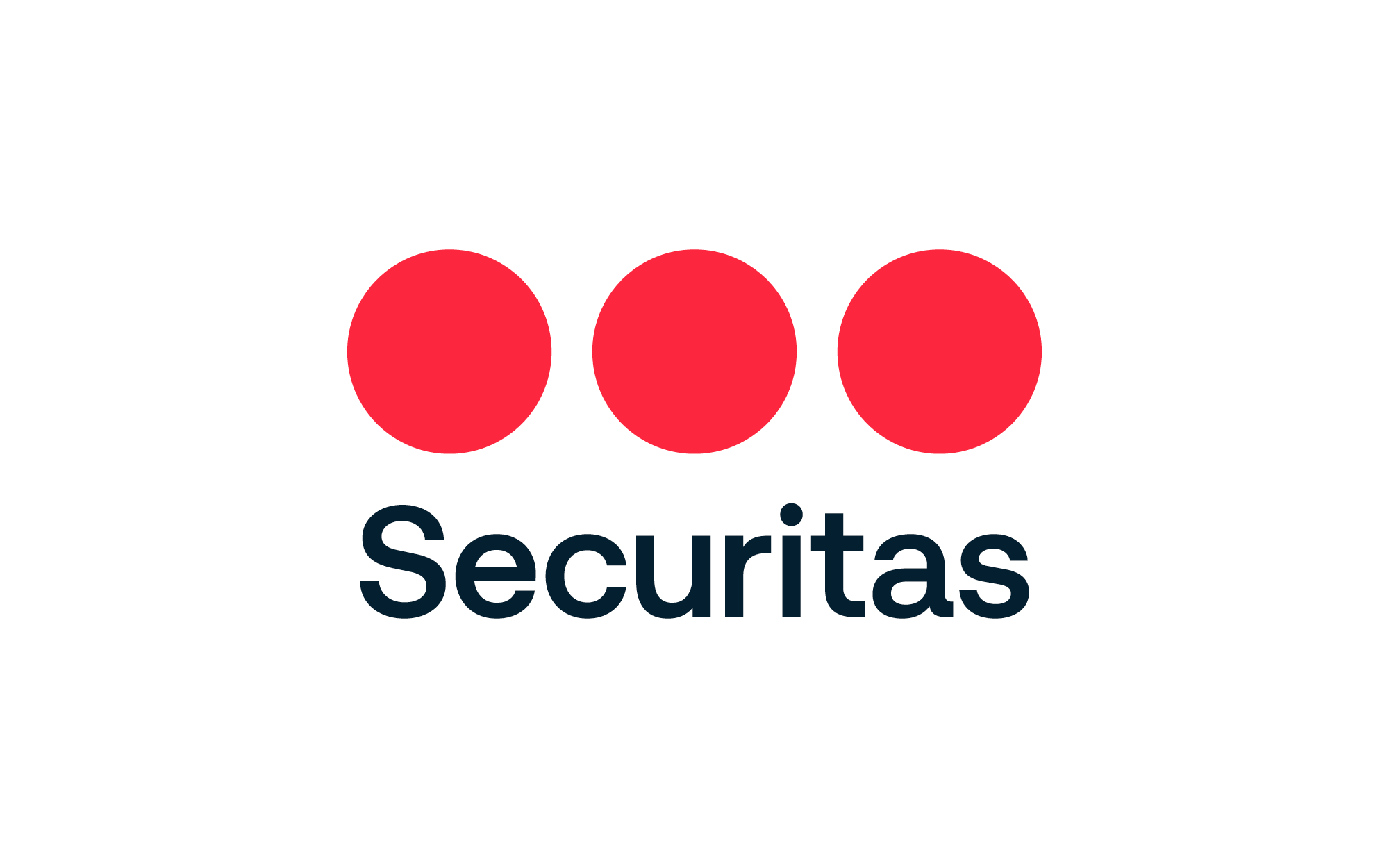

When you match security leaders with experts who understand their unique challenges, real business impact follows.
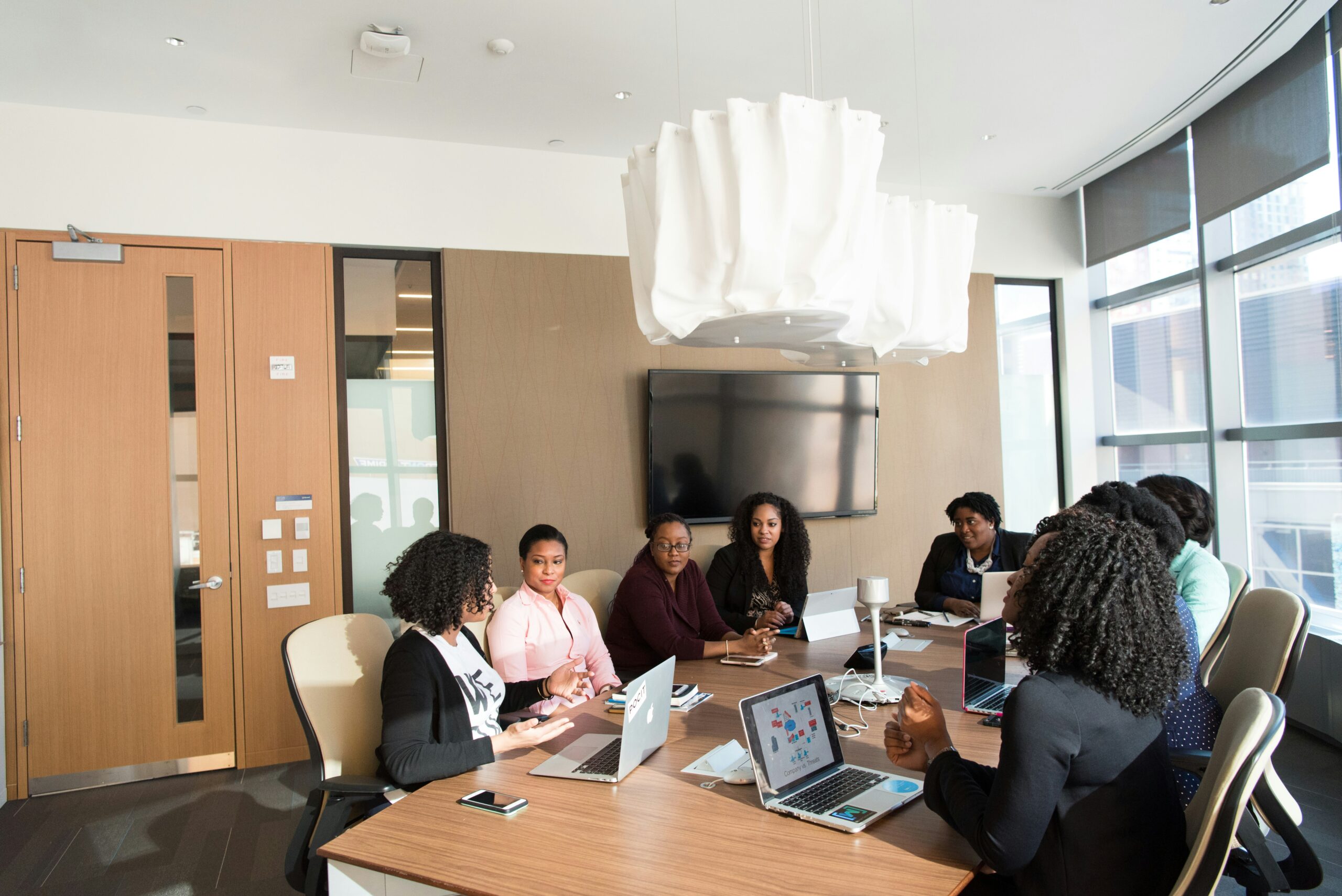
Learn the four benefits of heart-centered leadership — and how precision skill development goes beyond the technical.
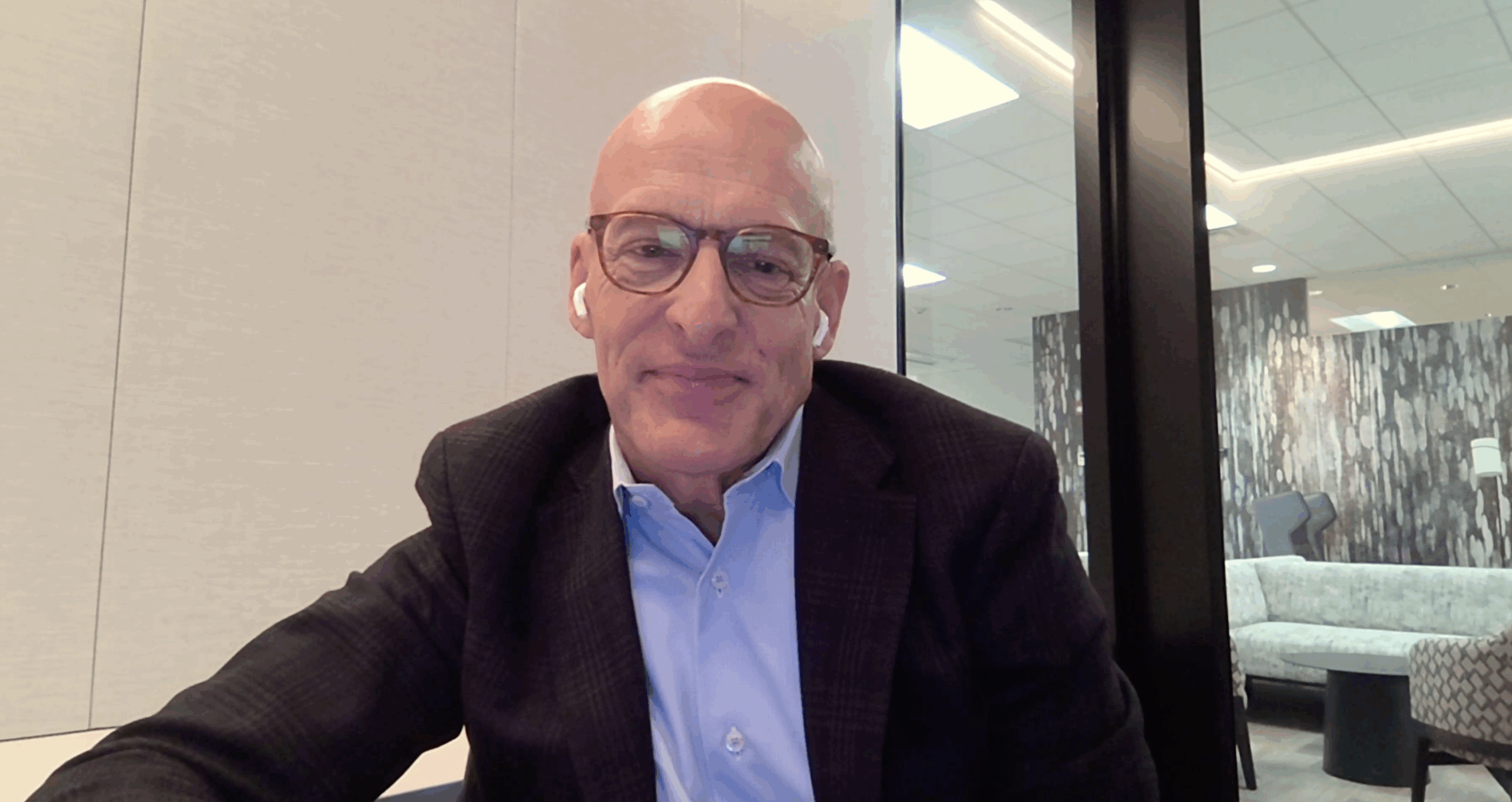
“This is where the fun happens. This is where you develop.”

Transform internal mentoring from casual conversations to precision skill development. Our AI-powered platform unlocks expert knowledge within your organization for measurable business outcomes.

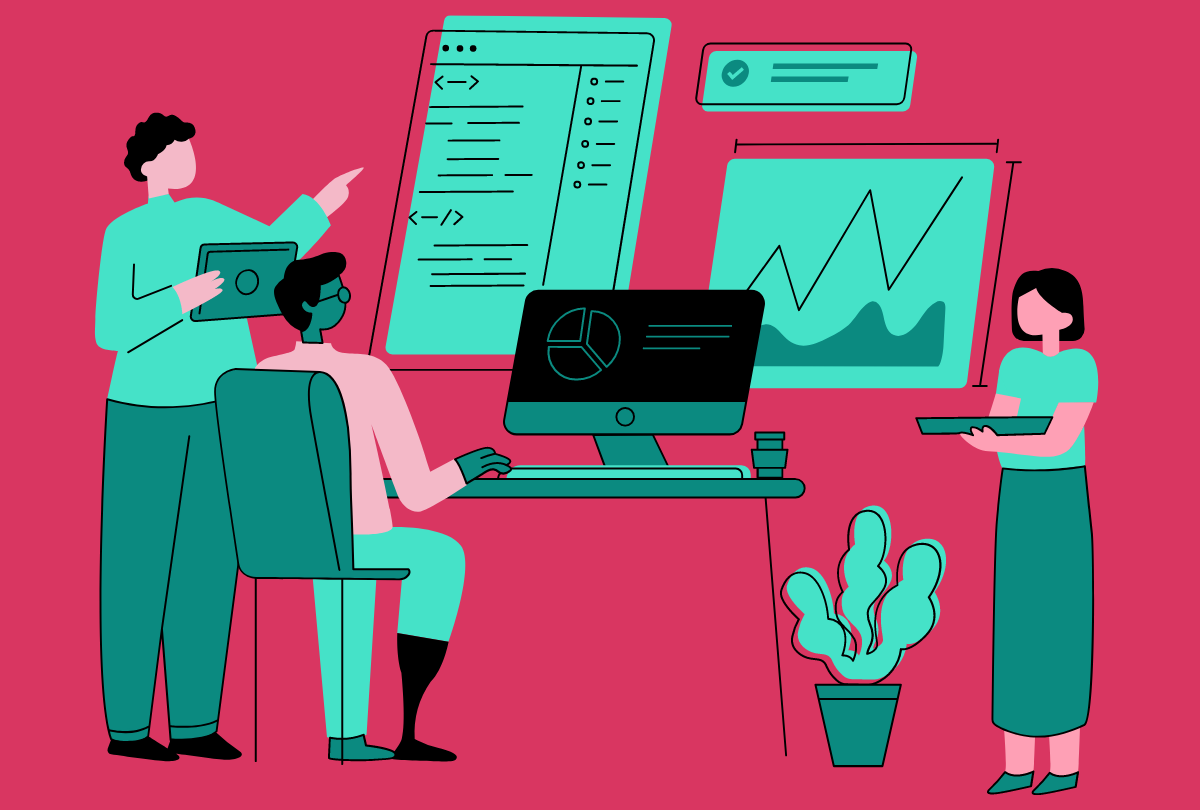
Discover 2025’s top talent development strategies that build future-ready leaders. Learn skills-based approaches, AI integration, and proven methods to retain top talent.

Discover the essential skills your workforce needs for the future. Learn why skills-based learning is critical and practical HR tactics for building future-ready teams.
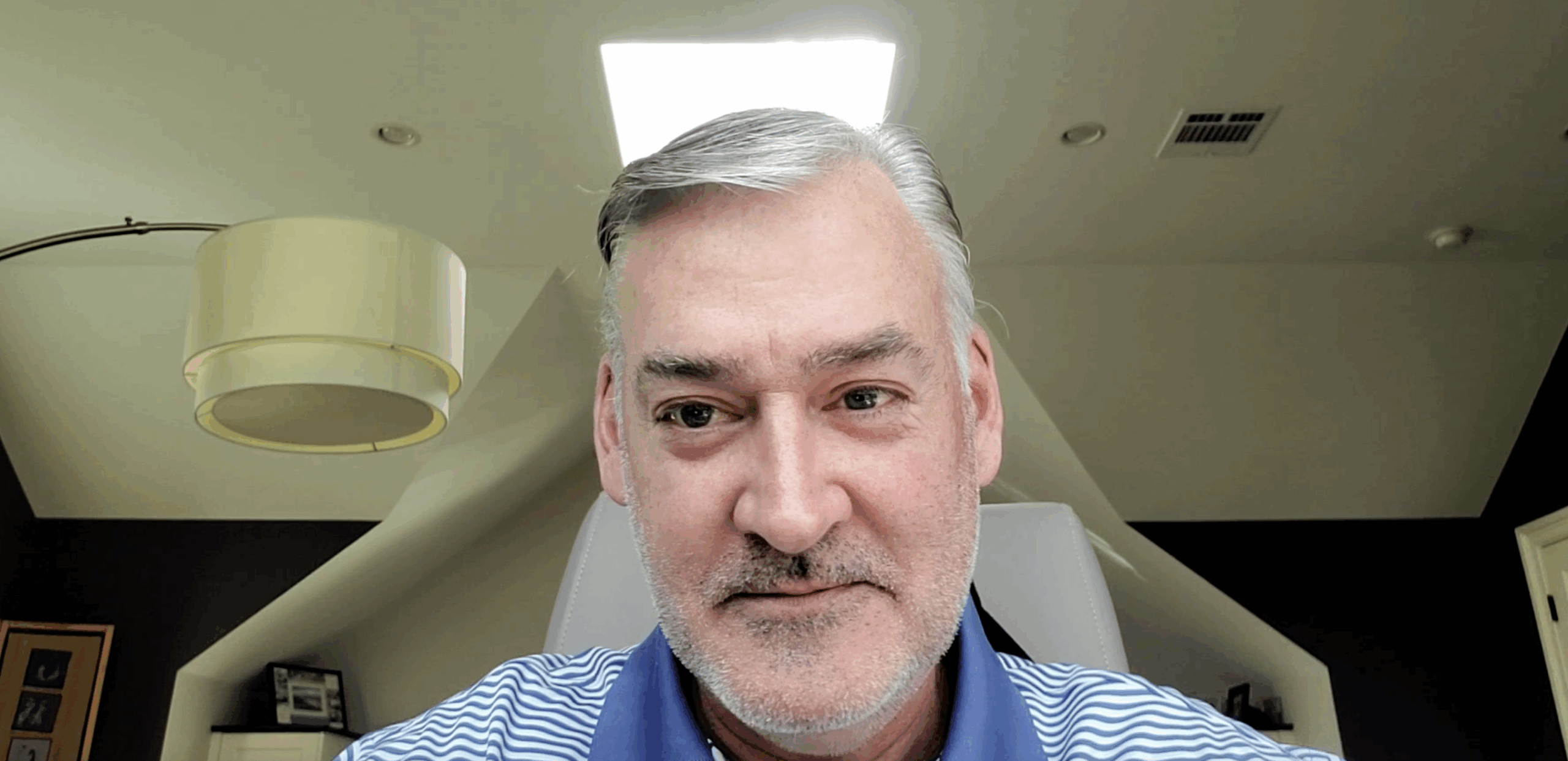
“One of the interesting things about life is you don’t get to choose everything. You put yourself in positions where things can happen.”

Learn how to select effective L&D programs that close skill gaps. Expert tips on assessment, program types, measurement, and ROI for HR leaders.

Discover how adaptive leadership skills help CHROs and L&D leaders navigate change, build resilient teams, and drive organizational transformation success.

Discover 7 key employee development benefits that boost productivity, retention & ROI. Learn how continuous L&D programs drive business growth.

“I want people to have life changing experiences and grow in their career.”

First-time managers often make the same classic mistakes, but they can be easily prevented with these 8 best practices.